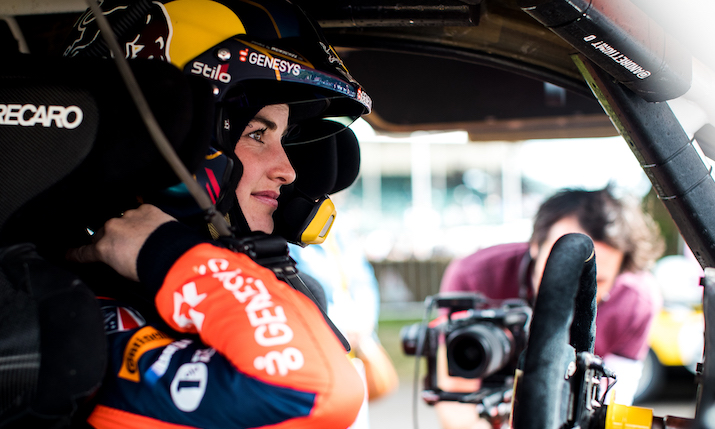Creating a buzz: Grass Valley on improving secondary content creation
 By Peter Abecassis, Grass Valley senior product marketing manager.
By Peter Abecassis, Grass Valley senior product marketing manager.
Today’s audiences want to interact with an event before, during, and after it takes place. Social media and over the top (OTT) streaming services have sizzle reels leading up to an event to create excitement, reaction clips to key moments during an event, and highlight reels at every break as well as soon as the event is over.
To keep up with viewer demand, you need to deliver live content to multiple audiences through different channels. Highlight reels that create buzz for the event on secondary channels or a behind-the-scenes montage posted to social media while the event is still going on, help increase engagement with the live event and increase the number of viewers.
But creating more content in the high-pressure context of a live event is not as easy as it sounds. The live broadcast team is focused on switching between camera angles and calling up graphics. Additional people need to pull together highlight reels, secondary footage, and fan reactions, as well as create packages for every delivery channel while the event is still going on. To include content that is not part of the main event, you often need to deal with a variety of diverse sources including handhelds, mobile phones, or even teleconferencing software.
Maximising content
Maximising the amount of finished content you create when capturing and editing live events without adding extra equipment or delay in converting to a production format is the key to success. As soon as an event begins, using a cloud-based tool to capture the media directly to the cloud or on-prem storage, complete with proxies and access to high-res media, means that additional content can be produced quickly and easily with a built-in HTML5 editor or a craft editor like Adobe Premiere.
With the right cloud-based asset management systems, any member of the team, no matter where they are located, can immediately access all the media and include them in their project.
For example, in a college football game, the primary production will be capturing video from the field and studio cameras. Typically, these are in SDI or SMPTE ST 2110 video formats. Additional cameras may be capturing crowd reactions, or a secondary set of commentators aimed at the school demographic, these may be coming in as NDI streams. Other footage may be captured from watch parties around campus or centralised studios elsewhere in the league and they may arrive in RIST or SRT format. With an ingest tool that is separate from the physical inputs, the number and type of inputs used for any production are completely flexible and don’t require additional servers or investment.
Working well together
For this to work well, cloud tools for asset management, ingest and editing need to work well together, otherwise your media will need to travel between applications and possibly platforms creating unnecessary cost, latency, and security issues.
Building the entire workflow within a common platform means concerns about security, authentication, low latency, resiliency, and video quality are all handled by the platform. It also means that operators can access a variety of solutions from different vendors for additional functionality like graphics, contribution, commentary, or intercom.
Integrating your secondary content production with the live production and replay system can further streamline the process. While the live show is being produced for linear TV or OTT, any number of additional operators can edit and export highlight reels, social media clips, fan reactions, etc. from their internet-connected PC while the game is still going on. Allowing multiple, remote producers to access centralised content while it is still being captured, helps media companies maximise the use of their live content by allowing them to quickly repurpose the content for different audiences and different distribution platforms.
Virtualising your media production with cloud-based tools on an integrated platform simplifies the creation of the additional content required for social media, and streaming platforms to reach a broader audience and get more from your production.
